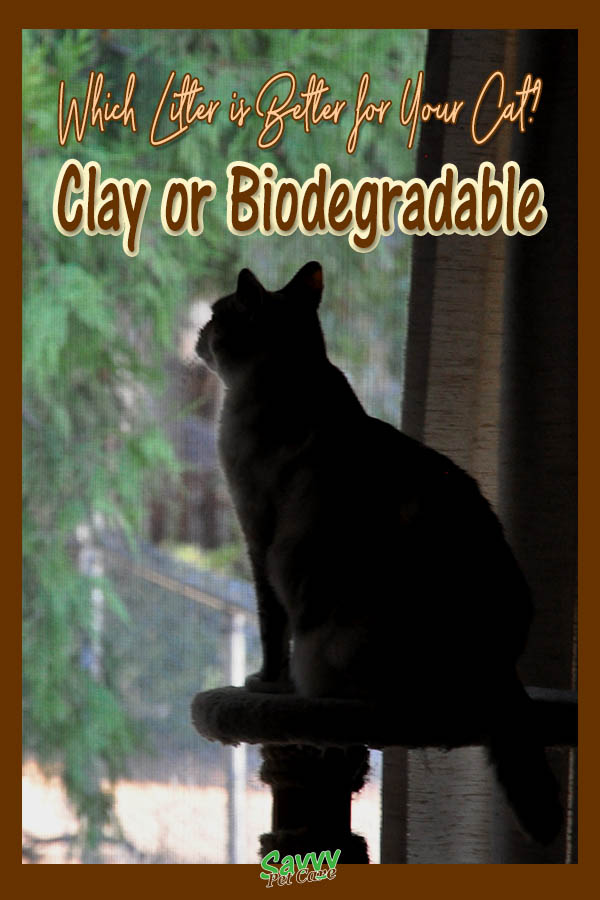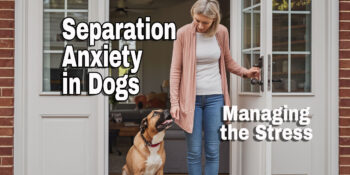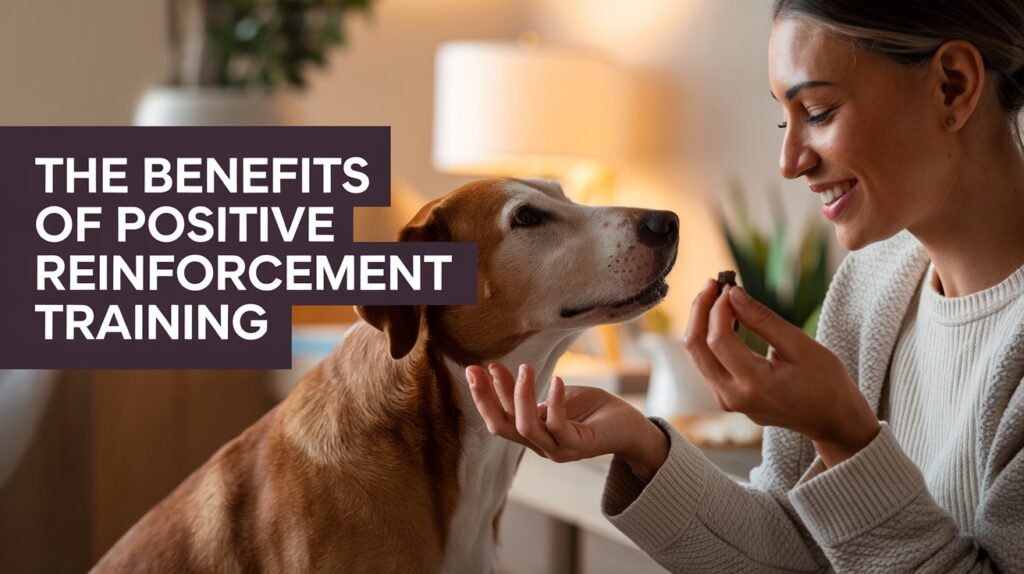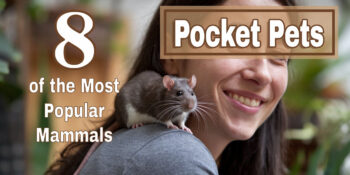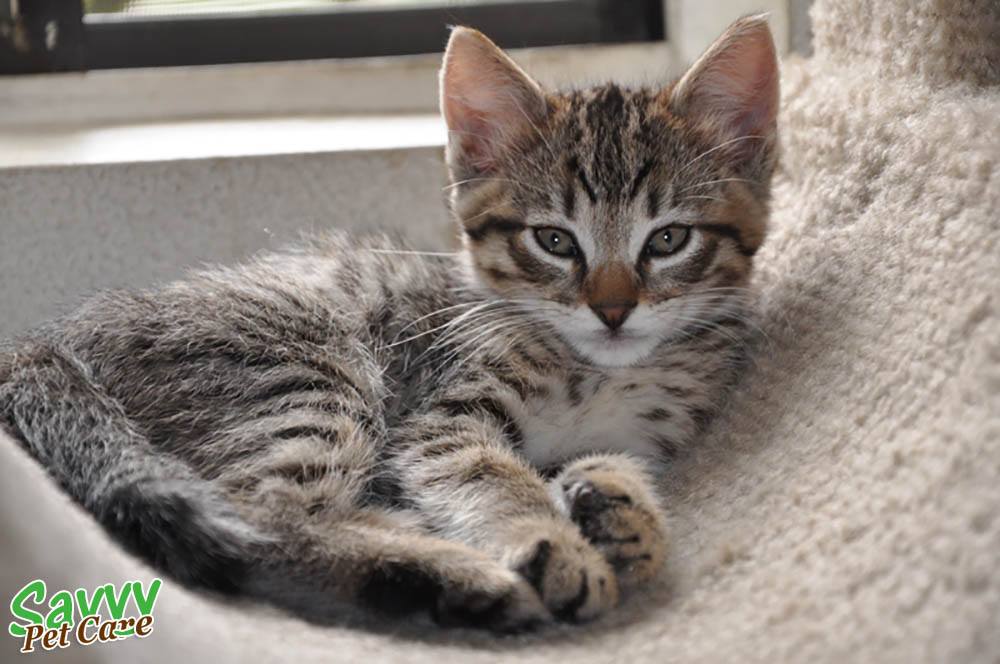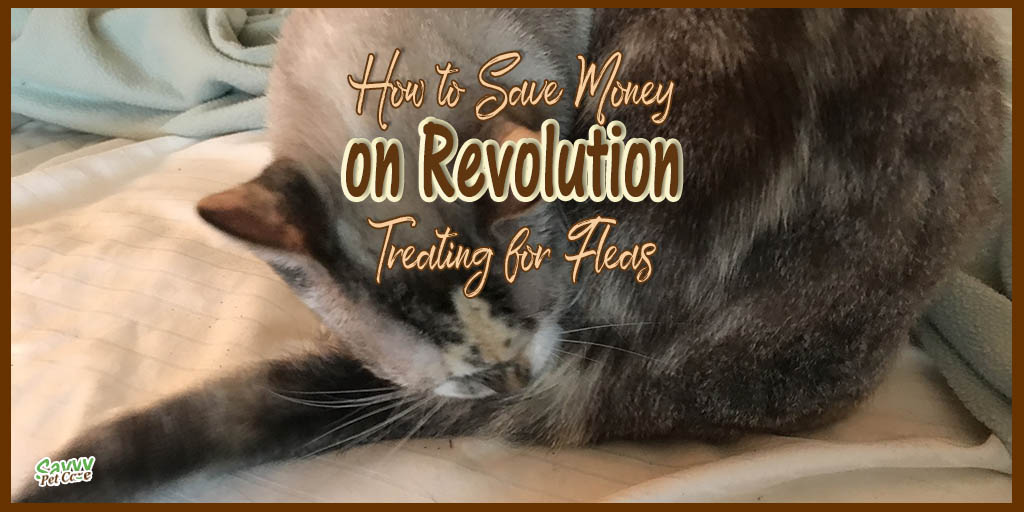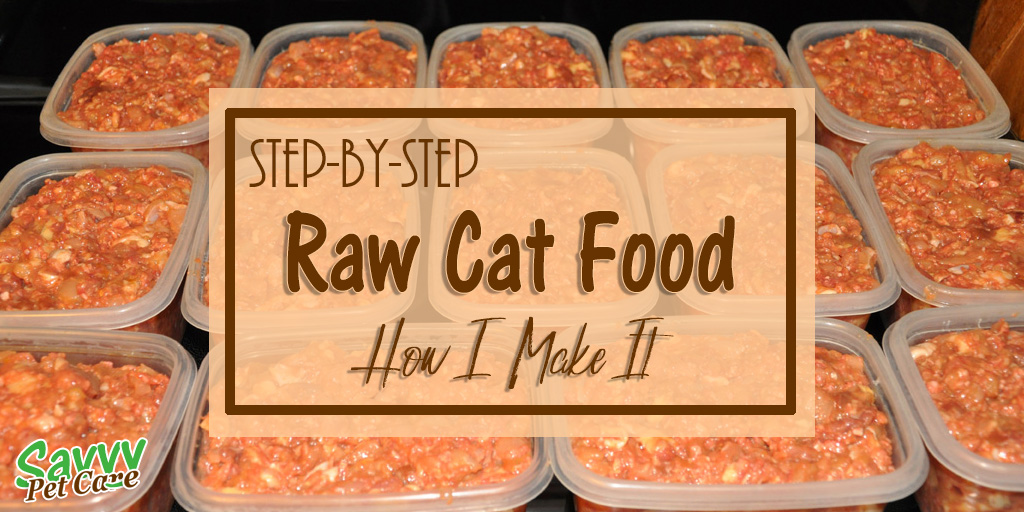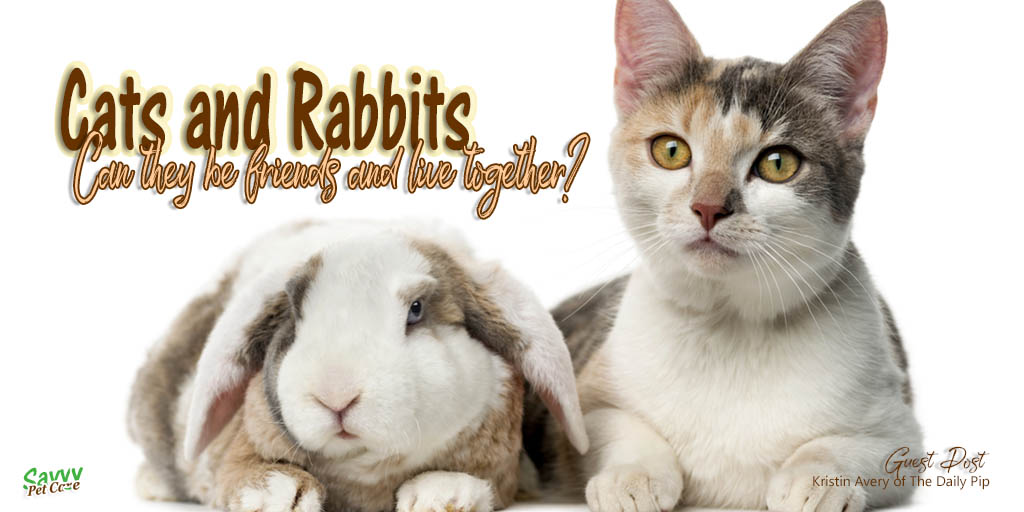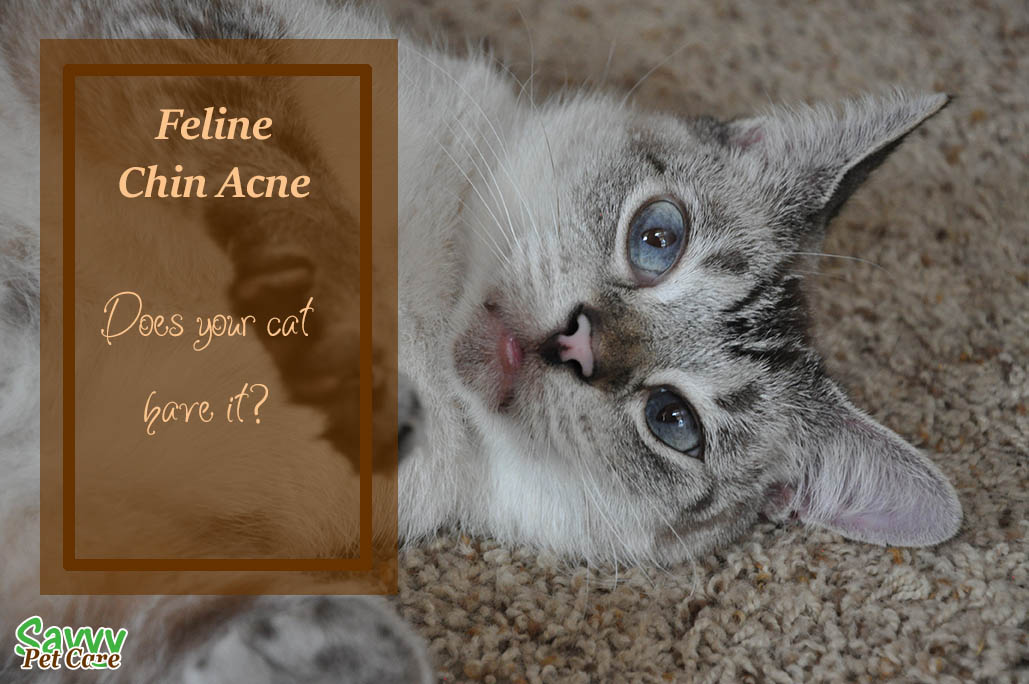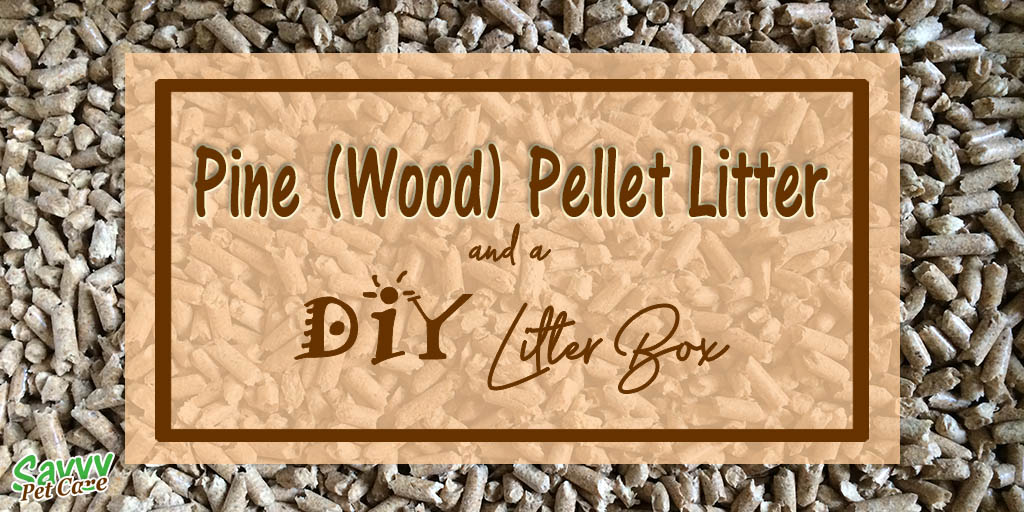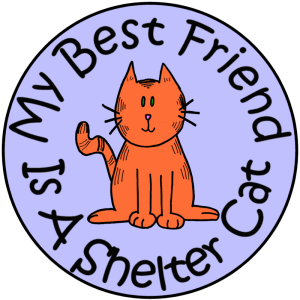Before clay litter came along in 1948, pet owners used mostly sand and fireplace ashes in the litter box. Can you imagine? I’m sure when clay litter came along, folks thought it was such a luxury to no longer have sooty footprints all over the carpets and floors. Litter has come a long way since 1948 and we now have so many choices. Today, in addition to clay litter, we have many biodegradable litter choices.
Clay Litter vs. Biodegradable Litter
Unfortunately, 70 years later, clay litter is still the norm. Why is it unfortunate? Because clay litter has the most negative impact on our environment as well as being detrimental to the health of both humans and cats.
Besides the fact that people are just programmed to use it, I think its main attraction is its low cost compared to other types of litter. Clumping clay litter, which is a little more expensive, has similar pros and cons to regular, non-clumping litter.
Average cost for clay litter: $.30/pound Average cost for clumping clay litter: $.50/pound
Why I Don’t Use Clay Litter
Pros of Clay Litter
- Inexpensive
- Absorbent, but if it’s not clumping litter, urine can collect at the bottom of the pan
- Some odor control due to absorbency, more odor control with clumping litter
- Alternative uses like absorbing motor oil
Cons of Clay Litter
- It may be harmful to your cat’s digestive tract if ingested
- It is dusty and can cause respiratory issues
- The dust gets everywhere
- A lot of litter gets tracked out of the litter box (which is very uncomfortable to step on with bare feet!)
- It is strip mined which destroys ecosystems and pollutes water sources
- It is not renewable
- I don’t flush litter EVER but you definitely can’t flush clay litter
- It is not biodegradable and will not break down in landfills
For me, the money you save on clay litter is not worth the potential health issues and strain on the environment and landfills. Pound for pound, biodegradable litter lasts longer than clay litter so it makes the cost savings harder to compare. The choice between clay litter and a biodegradable litter is an easy one for me.
Why I DO Use Biodegradable Litters
Pros of Biodegradable Litter
- Renewable and sustainable
- Compostable (if you are interested in composting, check out this post)
- Virtually dust free
- Weighs less than clay litter
- No silica dust so it is healthier for both you and your cat
- Not harmful if ingested
- Some claim to be flushable (I don’t recommend it!)
Cons of Biodegradable Litter
- More expensive than clay litters
- Some cats might be sensitive to pine or have grain allergies
Over the years, I’ve experimented with various types of biodegradable litter. Sometimes by choice and sometimes because what I normally use wasn’t available. The pros, which far outweigh the cons when it comes to biodegradable litter, are what drew me away from clay litter.
Biodegradable Litters I Have Used
Pine Pellet Litter
Ingredients: 100% recycled pine or, in some cases, other types of wood.
I have used this type of litter in the past and I do like it a lot. There’s very little tracking due to the size of the pellets and next to no dust. It does a good job of controlling odor and might last longer than other biodegradable litters. If it were easier to scoop without needing a special box, this might be my regular litter. I wrote a whole blog post about it and you can check it out here. If your cat has grain allergies, this is definitely a biodegradable litter for you to consider.
Average cost: $.95/pound
Corn and Corn Mix Litter
Arm & Hammer Naturals Double Duty Clumping Litter
Ingredients: Natural corn fibers, plant-based clumping agent, baking soda, and mineral oil for dust control. It also contains an artificial fragrance. They don’t specify what the fragrance is or its source.
This is my favorite go-to litter. I have found it at Walmart, Tractor Supply and on Amazon. It is hit or miss with all three sources so that is why I have been forced to try other brands. It clumps pretty good, is almost dust-free, tracks very little, keeps the odor down and has a pleasant scent. Some think it is too strong but it becomes subdued fairly quickly. Overall, I think it out-performs the other biodegradable litters I’ve tried.
Average cost: $.86/pound
Tidy Cats Natural
Ingredients: Cedar and pine for odor control and corn to absorb liquid.
This Tidy Cats litter was the first litter I tried when the Arm & Hammer wasn’t available. I like it but it is dustier when cleaning the box and, I think a little lighter, so it tracks more. It doesn’t clump quite as well and the clumps fall apart easily. It does a good job keeping odor down.
Average cost: $.79/pound
Naturally Fresh Walnut Based Litter
Ingredients: 100% walnut shells
This Naturally Fresh Walnut litter clumps better by far than the corn litters and there was next to no tracking. It also does a good job keeping down the odor. I have read that it can stain but I didn’t have an issue with that. This would also be a good litter to consider if your cat has grain allergies. Its biggest fault is that it is incredibly dusty. I felt like I needed a mask to clean the litter box. It is also the most expensive.
Average cost: $1.04/pound
Final Thoughts on Clay Litter vs. Biodegradable Litter
Some cats have a difficult time adjusting to new litter (or anything new, for that matter!). They may not like the texture or the odor. Be sure to give it some time before you decide your cat won’t use it. Watch for an upcoming post on how to change your cat’s litter.
No litter is perfect. In the end, between clay litter and biodegradable litter, the best one is whichever one works for you and your cat. That said, if you haven’t tried a biodegradable litter but are interested in reducing your carbon footprint, I hope you’ll give it some thought.
There are other types of biodegradable litter that I haven’t tried including paper and wheat based. If you have tried a different biodegradable litter that you like, please tell us about it in the comments.
Pin It and Save for Later








